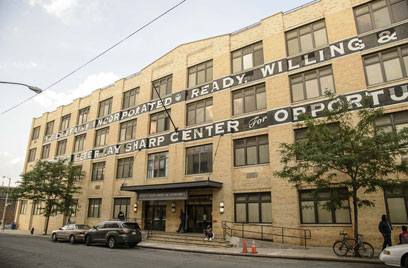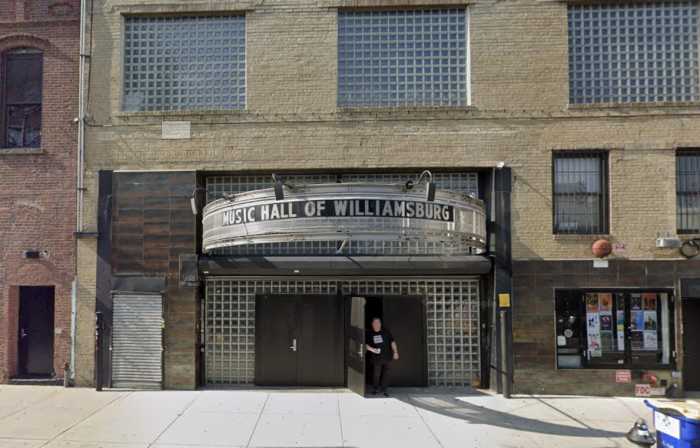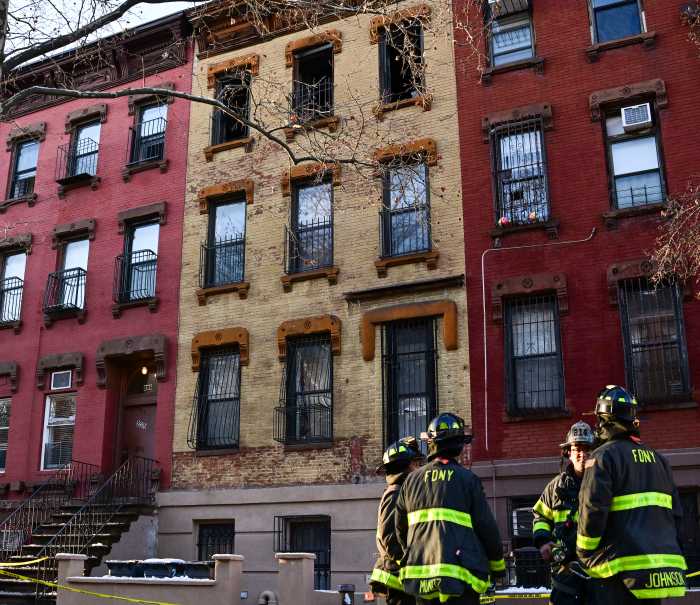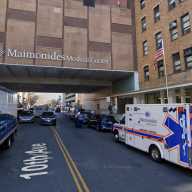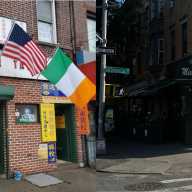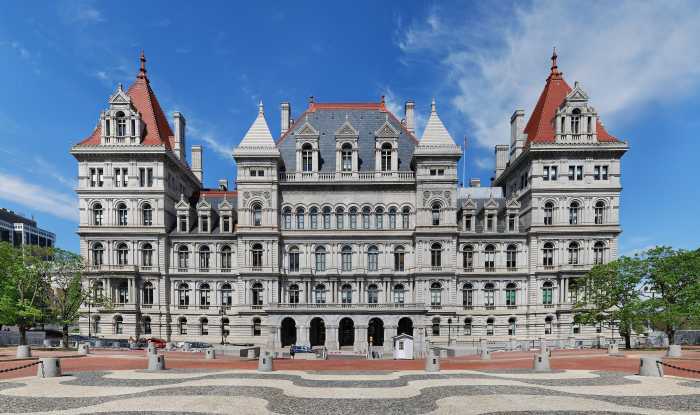They’ve tried protests, they’ve tried lawsuits — and now they’re turning to cartography.
The neighbors of a Williamsburg homeless shelter are attempting to dissuade the city from dumping dozens of sex offenders in the refuge by drawing up a map of all the places they work, rest, and play nearby to show the area is already home to a thriving community that would be threatened by the influx of deviants.
“This is not an industrial wasteland,” said local business-owner Jen Durbin on the Facebook group of the newly-formed North Brooklyn Neighborhood Alliance. “It’s our home.”
The coalition will map out the lofts, businesses, studios, and public spaces that sit within a 10-minute walk from the Peter Jay Sharp Center for Opportunity at Porter and Johnson avenues, where the city is trying to send up to 50 homeless men convicted of sex crimes on the grounds that it is one of the few such facilities in the five boroughs that is at least 1,000-feet away from parks and schools.
Shelter owner the Doe Fund — which claims it operates the building as temporary housing for participants in its “Ready, Willing, and Able” back-to-work program and is not equipped to house the offenders — is already fighting the incursion in court and says it has been turning away any offenders the city sends its way.
But locals decided they wanted to do their part to keep the deviants out of the nabe, so they formed the coalition and came up with the “10 Minutes from Here” map.
The group is divvying up slices of the neighborhood amongst each other, and members will take 10-minute strolls from the door of the shelter along their designated areas to map any active spots like studios, restaurants, and day-care centers along the way, then lay them all out on the map with the help of an artist from the nearby Pratt Institute.
The aspiring William Rands and Andrew McNallys concede the shelter does technically meet the 1,000-feet law — officially called the Sexual Assault Reform Act — but claim the rule is a poor barometer of neighborhood activity.
“By portraying the reality of this neighborhood — which is full of families, full of 24-hour businesses, full of young people — maybe they will decide there is more criteria than just the SARA law in determining the best place for these dangerous people to be situated,” said Durbin, who owns Johnson Avenue event center 1896 Studios and Stages three blocks from the shelter.
Local officials say the Department of Homeless Services is in a tight spot — it is obligated to house homeless sex offenders somewhere, and there are very few shelters in the city that meet the requirement.
“The reason they’re even considering proposing such a large concentration of this population in one place is because it’s so hard for them to find a place that fits the legal requirement,” said Lacey Tauber, a spokesperson for Councilman Antonio Reynoso (D-Williamsburg). “In New York, almost every place is within 1,000 feet of a park or a school.”
But the locals say the city should find somewhere else — the 11237 zip code already has more sex offenders per resident than neighboring areas, according to city data, and residents say they’re they don’t want the disparity to get even wider.
The alliance members will start walking their walks this week, and hope to have the results mapped out soon after.


